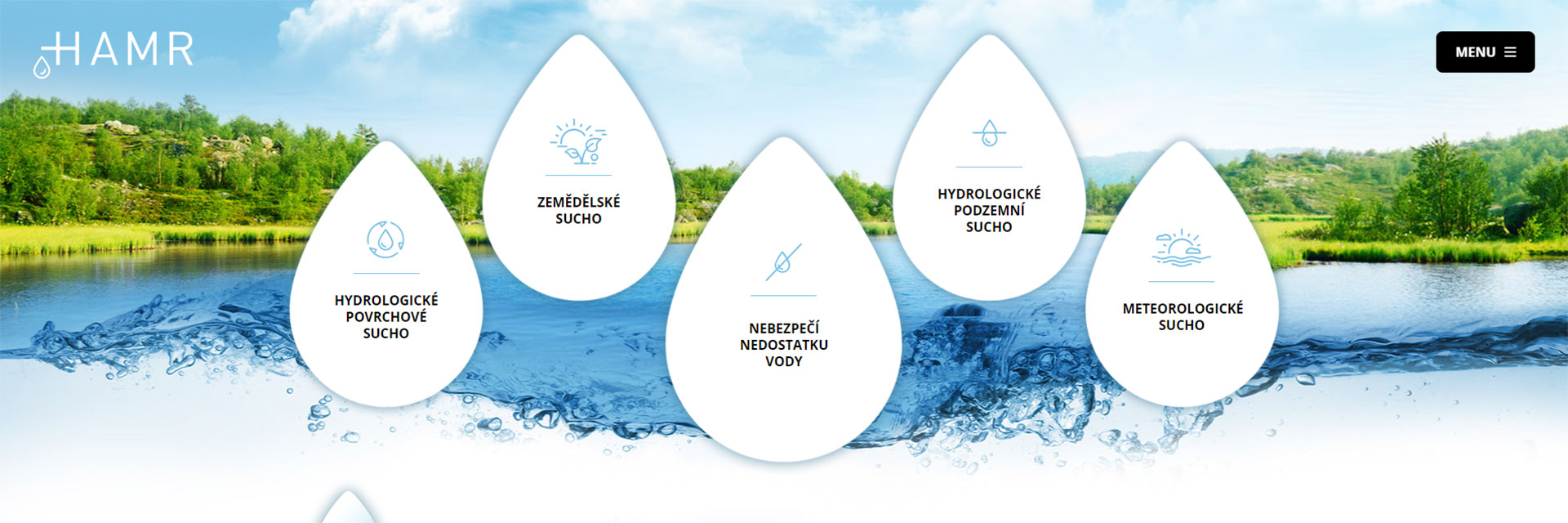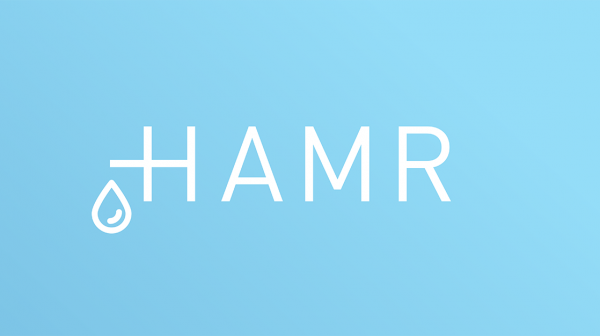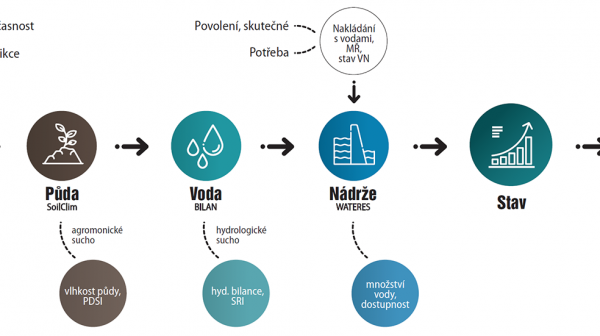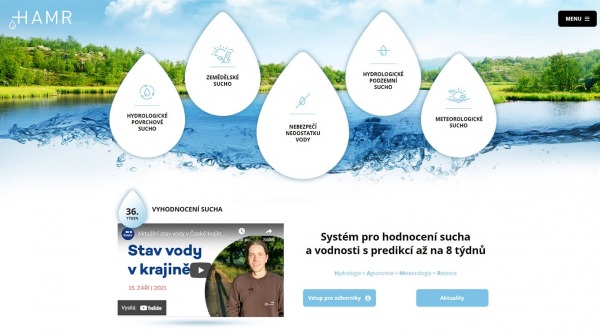Project background
In an increasing number of areas in the Czech Republic and around the world, water shortages and the occurrence of droughts are growing very quickly, which in some cases can reach the level of a natural disaster with massive impacts. In the case of drought, its frequency is increasing in some areas, including Central Europe. This phenomenon is closely linked to the process of global climate change. The problem of securing water resources is already beginning to manifest itself in areas where the population has not yet felt the effects of drought. In addition, the extent of the effects of drought and water scarcity on the population and on industry has been positively affected in recent years by the fact that water abstraction has decreased by about half compared to the situation in 1990. However, the mitigating effect of this development is gradually disappearing. In 2015, the Czech Republic experienced problems with supply to the population in municipalities with insufficiently reliable water sources, and a significant increase in effects of drought on agricultural production and forestry (where the effects of this phenomenon usually manifest themselves first) as well as other economic sectors. There has been an increase in the number of days with a lack of moisture in the key period for the production of most crops. In the future, it can be expected that the existing water resources will not be sufficient, not only in terms of potentially declining available water amount, but also unsatisfactory water quality.
Project aims
The project created a drought prediction system called HAMR. The HAMR tool is based on the connection of the SoilClim soil moisture balance model, the BILAN hydrological balance model, and the WATERES river basin water management system model in order to model the probable development of the hydrological situation for about eight weeks in advance. The system’s title, HAMR, represents all the components of the system, namely: Hydrology, Agronomy, Meteorology, Retention. You can visit the online application here (in Czech).
Project methodology
The HAMR tool is based on the connection of the SoilClim soil moisture balance model, the BILAN hydrological balance model, and the WATERES river basin water management system model in order to model the probable development of the hydrological situation for about eight weeks in advance.





